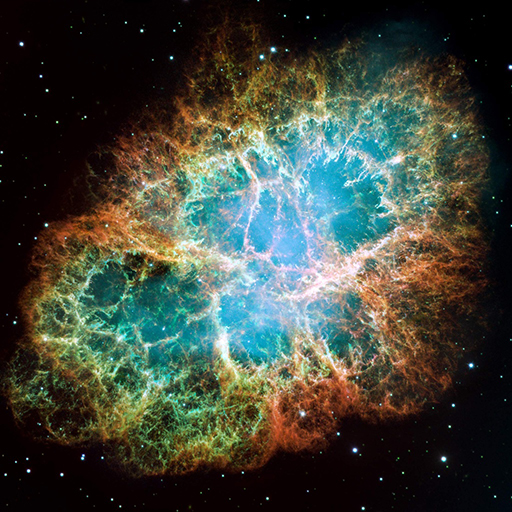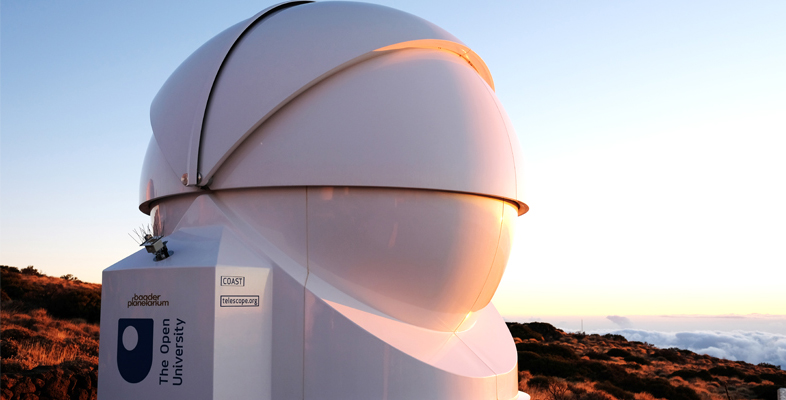1.1 The Messier catalogue
During his career, Messier discovered 13 comets and observed many others. In scanning the skies for comets Messier frequently came across other objects that looked similar to comets but which in fact turned out to be something else. Through a small telescope such as the one Messier used (a 100 mm refractor) many of these objects appeared as faint patches of light, not easy to tell apart from the comets he was looking for.
One of the main ways of distinguishing between genuine comets and these false alarms was to watch them over a number of nights and see if they moved. Comets are in orbit around the Sun, and they therefore change position against the background stars – in a similar way to the motions of other solar system objects such as asteroids and planets. Whenever Messier observed an object that did not move in this way, this was a good indication that it was not a comet but something far more distant. Fortunately, this made it easy to avoid them. Since they were always in the same place, Messier started to make a list of these objects, recording their positions using the RA and Dec coordinate system that you saw in Week 1. That way, Messier or anyone else spotting a possible comet could refer to the list to quickly exclude these known objects in fixed positions.

As Messier expanded his list, each object he added was given a serial number. The objects in the Messier catalogue are often referred to using these ‘M’ numbers: M1 for the Crab nebula, M31 for the Andromeda galaxy, M45 for the Orion nebula – each number indicating the order in which it was added to the catalogue. In the video at the start of this week Alan also introduced you to a few Messier objects that he imaged with COAST.
Over time the Messier catalogue became a useful reference list of astronomical objects in its own right, and although Messier discovered many comets he is today most famous for his list of objects that he was trying to avoid!
The Messier catalogue is of particular interest to us, since many of the 110 objects on the list are ideal candidates for imaging with COAST. There are four main types of object in the catalogue: open star clusters, globular star clusters, nebulae and galaxies. In the next section, you will learn more about these types of object, before going on to find them using Stellarium and then using COAST to take images of objects that you select.
